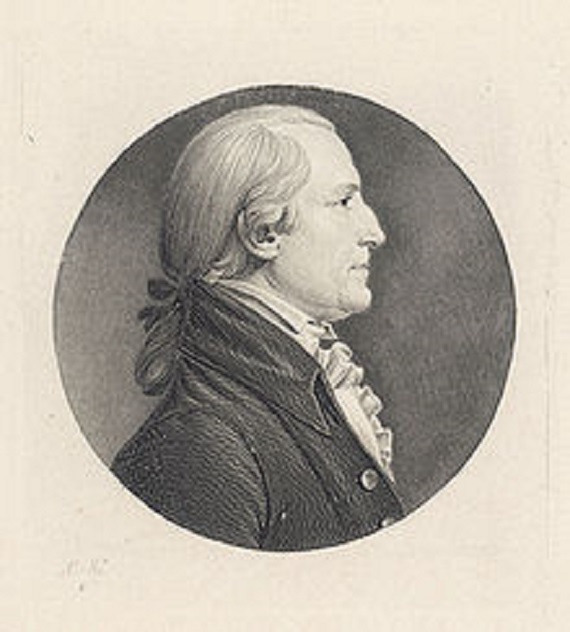
One could argue that there are two basic visions for America: the Hamiltonian and the Jeffersonian. The former is nationalist, calling for centralized power and an industrial, mercantilist society characterized by banking, commercialism, and a robust military. Its early leaders had monarchical tendencies. The latter vision involves a slower, more leisurely and agrarian society, political decentralization, popular sovereignty, and local republicanism. Think farmers over factories.
Both have claimed the mantle of liberty. Both have aristocratic elements, despite today’s celebration of America as democratic. On the Hamiltonian side we can include John Adams, John Marshall, Noah Webster, Henry Clay, Joseph Story, and Abraham Lincoln. In the Jeffersonian camp we can place George Mason and Patrick Henry (who, because they were born before Jefferson, could be considered his precursors), the mature (rather than the youthful) James Madison, John Taylor of Caroline, John C. Calhoun, Abel Upshur, and Robert Y. Hayne. The Jeffersonian Republicans won out in the early nineteenth century, but since the Civil War, the centralizing, bellicose paradigm has dominated American politics, foreign and monetary policy, and federal institutions.
St. George Tucker falls into the Jeffersonian category. View of the Constitution of the United States, published by Liberty Fund in 1999, features his disquisitions on various legal subjects, each thematically linked. Most come from essays appended to his edition of Sir William Blackstone’s Commentaries on the Laws of England.
Born in Bermuda, Tucker became a Virginian through and through, studying law at the College of William and Mary under George Wythe, whose post at the law school he would eventually hold. On Tucker’s résumé we might find his credentials as a poet, essayist, and judge. He was an influential expositor of the limited-government jurisprudence that located sovereignty in the people themselves, as opposed to the monarch or the legislature, which, he believed, was a surrogate for the general will in that it consisted of the people’s chosen representatives.
Tucker furnished Jeffersonians with the “compact theory” of the Constitution:
The constitution of the United States of America . . . is an original, written, federal, and social compact, freely, voluntarily, and solemnly entered into by the several states of North-America, and ratified by the people thereof, respectively; whereby the several states, and the people thereof, respectively, have bound themselves to each other, and to the federal government of the United States; and by which the federal government is bound to the several states, and to every citizen of the United States.
Under this model, each sovereign, independent state is contractually and consensually committed to confederacy, and the federal government possesses only limited and delegated powers—e.g., “to be the organ through which the united republics communicate with foreign nations.”
Employing the term “strict construction,” Tucker decried what today we’d call “activist” federal judges, insisting that “every attempt in any government to change the constitution (otherwise than in that mode which the constitution may prescribe) is in fact a subversion of the foundations of its own authority.” Strictly construing the language of the Constitution meant fidelity to the binding, basic framework of government, but it didn’t mean that the law was static. Among Tucker’s concerns, for instance, was how the states should incorporate, discard, or adapt the British common law that Blackstone had delineated.
Tucker understood the common law as embedded, situated, and contextual rather than as a fixed body of definite rules or as the magnificent perfection of right reason, a grandiose conception derived from the quixotic portrayals of Sir Edward Coke. “[I]n our inquiries how far the common law and statutes of England were adopted in the British colonies,” Tucker announced, “we must again abandon all hope of satisfaction from any general theory, and resort to their several charters, provincial establishments, legislative codes, and civil histories, for information.”






